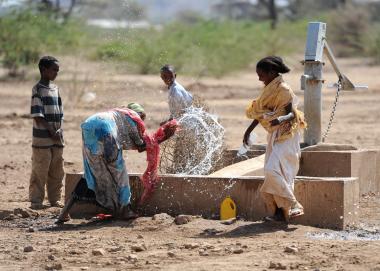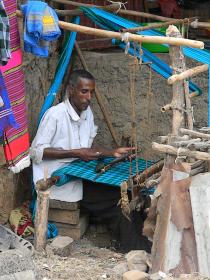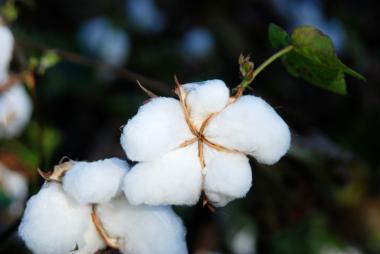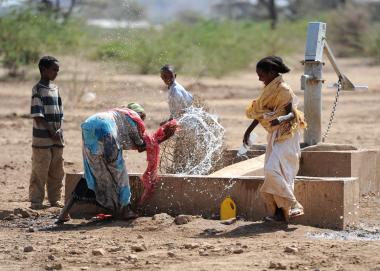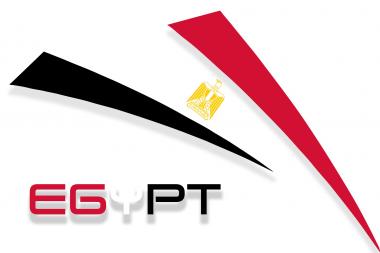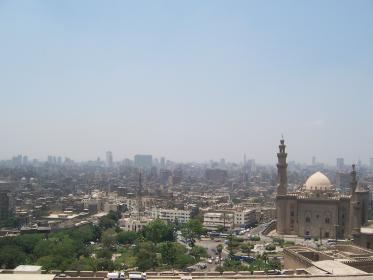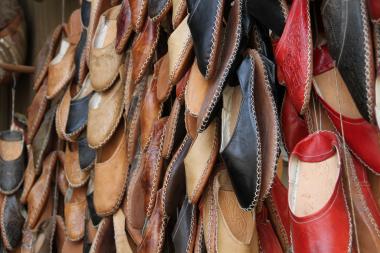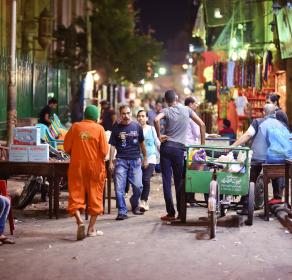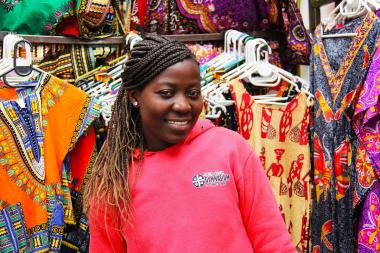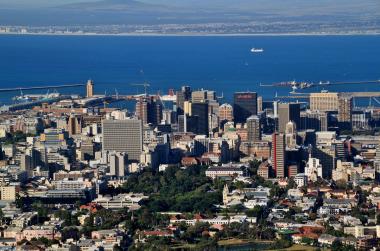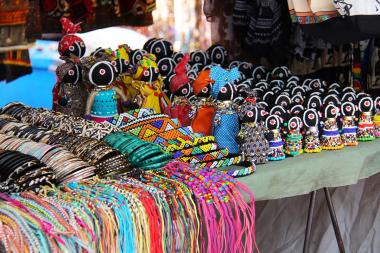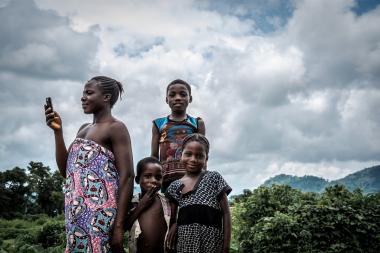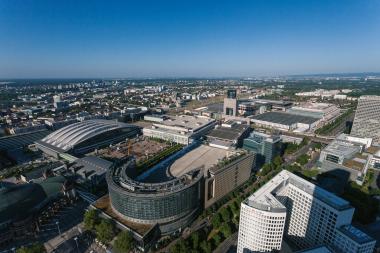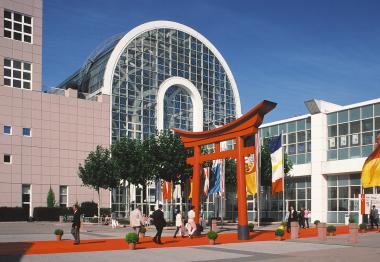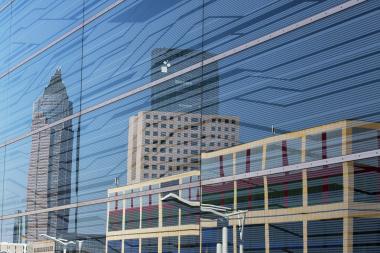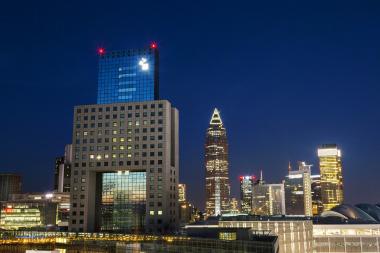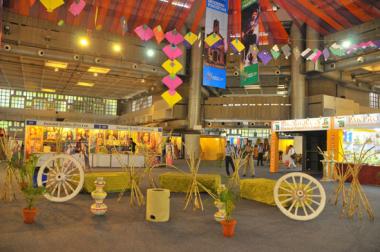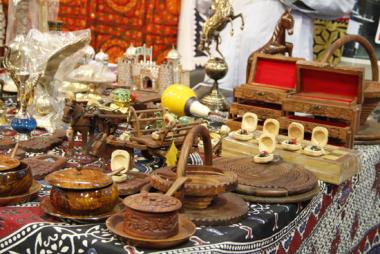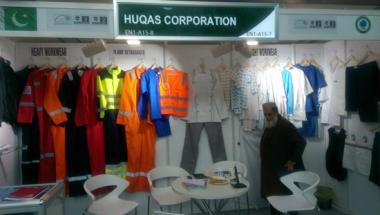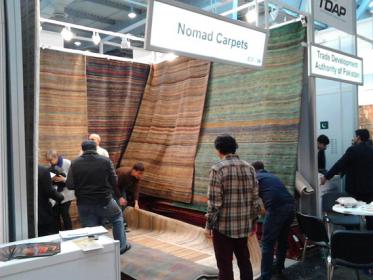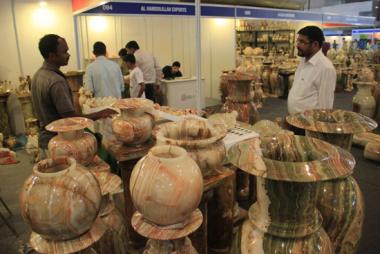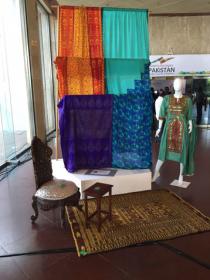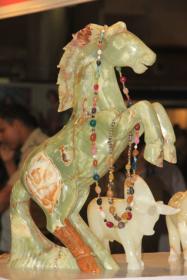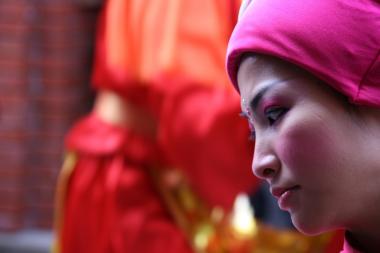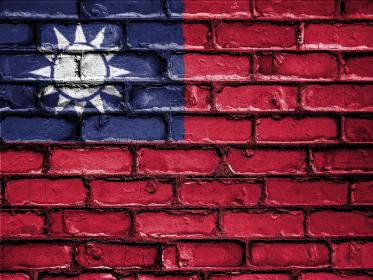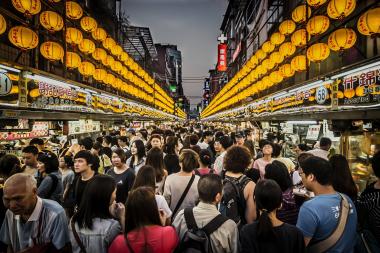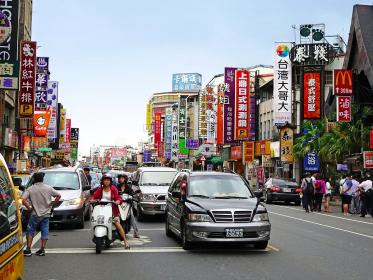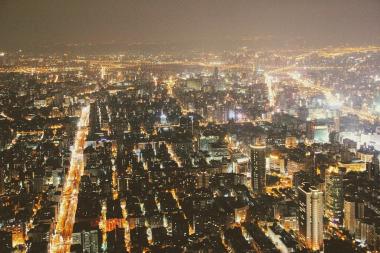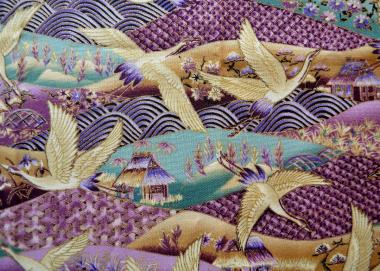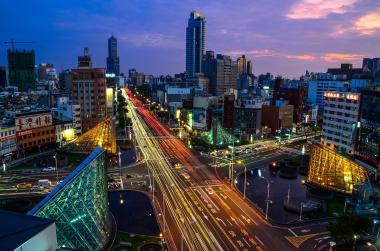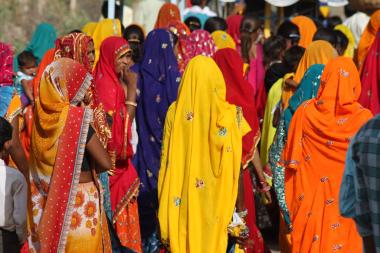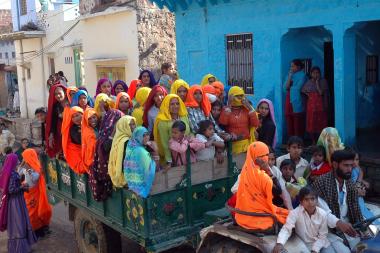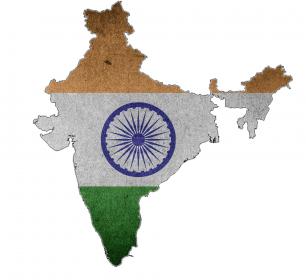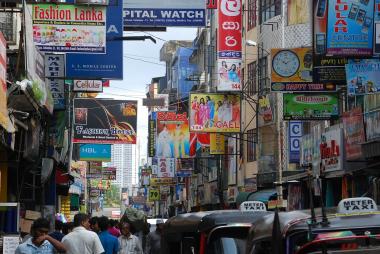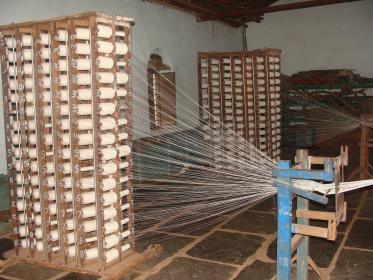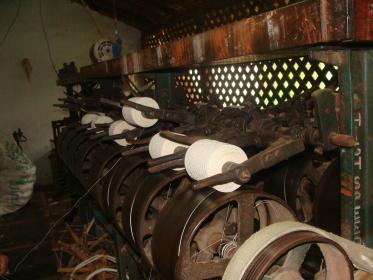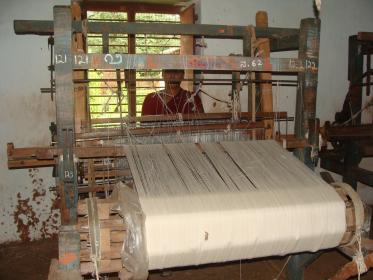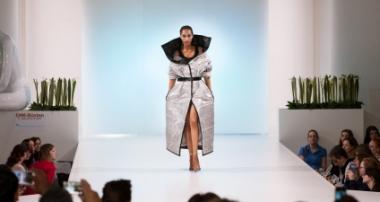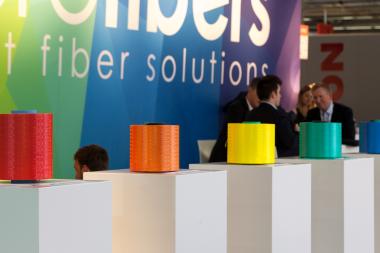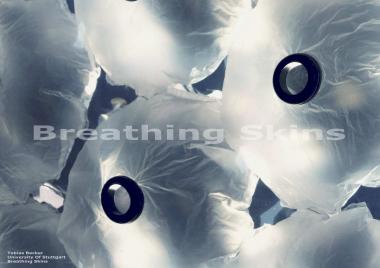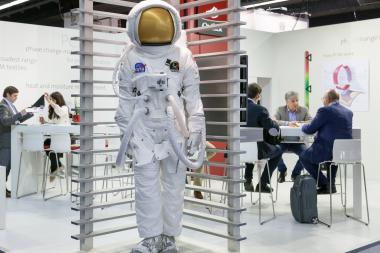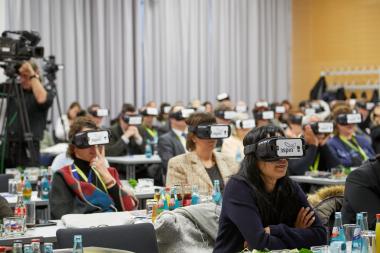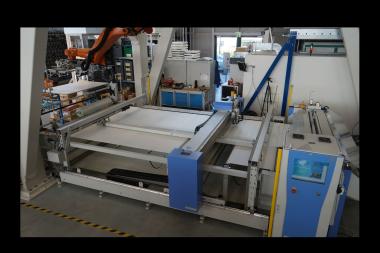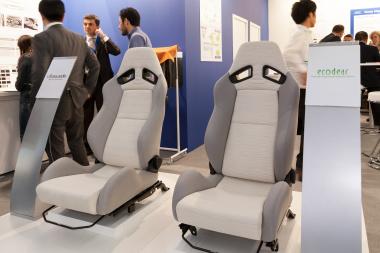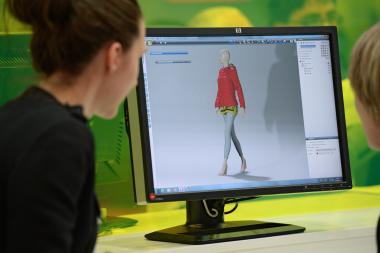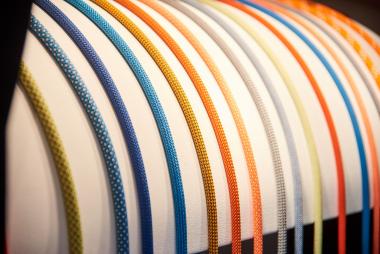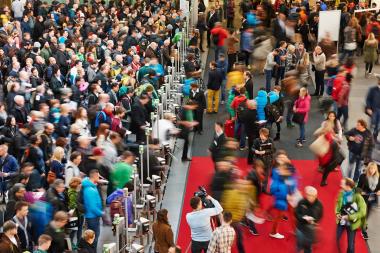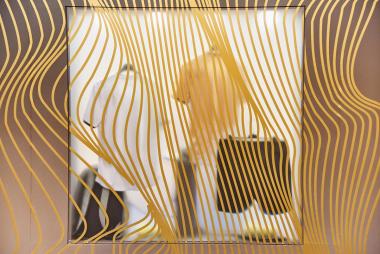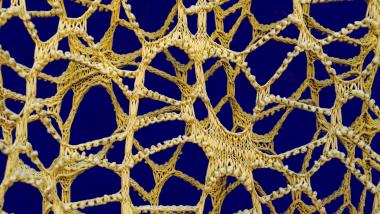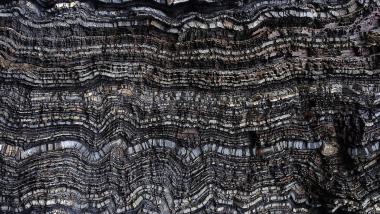ETHOPIA CAN SET UP FURTHER TEXTILE FACTORIES
- Sudanese and Chinese investors want to secure raw material supplies
Nairobi (GTAI) - Ethiopia has further successes in attracting textile companies: One British company is planning to invest USD 100 million, one Chinese company even plans to invest USD 220 million. This means that the textile sector is increasingly becoming a self-starter, as donors increasingly want to supply domestic industry with pre-products. Meanwhile, those who invest should not only raise the financial means, but also the raw material cotton, according to market experts.
The Ethiopian textile and clothing market has two new entrants: the British Intrade Co. UK Ltd. and the Chinese Wuxi No. 1 Cotton Investment Co. Ltd, Intrade intends to build a textile and clothing factory in the Mekelle Industrial Park (Tigray Regional State), which was opened in July 2017. Initial cost estimates are around USD 100 million. Intrade is an offshore company of the Sudanese Mahgoub-Sons Group. The company has reached an agreement with the Ethiopian Investment Commission to invest USD 200 million in three projects. The textile project is to be completed in 16 months.
Security of supply for cotton is becoming an issue
The Sudanese group is not only interested in textile production, but also with lucrative supply transactions for its own cotton. They have the capacity to supply 500,000 tons of long staple quality cotton annually, Wagdi Mirghani Mahgoub, Managing Director of Intrade says. The supply of raw cotton has become an increasing problem for the emerging Ethiopian textile industry since some Asian countries ordered export stops for the raw material, including the PR China and India. The African Plantation, which cultivates 33,000 hectares of agricultural land in Sudan, also belongs to the Mahgoub-Sons Group.
However, Wuxi No. 1 Cotton Investment has announced the second and larger textile investment of 2018: a textile factory will be opened shortly in the Dire Dawa Industrial Park. In a first phase, USD 80 million are planned, followed by further investments totaling USD 140 million. The company intends to install state-of-the-art textile machines to produce and supply goods for the demanding markets in Europe, Japan, South Korea and Southeast Asia. According to their own statements, partners are leading world machinery brands. Wuxi is already pursuing a project in the Ethiopian city of Adama and also has plans to grow cotton in Ethiopia.
Ethiopia is considered the first textile address in Africa
"Clothing companies are nomads," an industry consultant knows, "they go where it is cheapest for them. If wages and ancillary costs rise too much in countries like Bangladesh or the PR China, the caravan moves on." South of the Sahara, only Mauritius has made a name for itself as a producer of high-quality clothing. Attempts to establish larger-scale textile and clothing companies in Namibia and Lesotho have so far been unsuccessful. Meanwhile, Kenya and Ghana have production conditions that are far too expensive.
Ethiopia offers several advantages at the same time: Wages and ancillary costs are extremely low and far below those in China. The US Centre for Global Development found out that a worker in Ethiopian sweatshops earns an average of USD 909 a year. In Bangladesh, however, it is US$ 835 and in Tanzania and Kenya even US$ 1,776 and US$ 2,118 respectively. Another advantage: Ethiopian seamstresses are considered to be extremely hardworking and reliable. In addition, there is a tradition in textile and clothing production as well as in leather processing and thus there is a basic pool of trained specialists.
Infrastructure is making huge progress
Meanwhile, the supply of domestic cotton and leather needs to be expanded, because in the drought years 2016 and partly 2017 the supply of cotton was insufficient. The government is cooperating and is increasingly listening to the needs of producers. The infrastructure is currently undergoing sustained improvement, in particular the transport routes to the neighboring seaport of Djibouti, from where Europe can be reached more quickly than from the Far East. And, last but not least, the Ethiopian capital Addis Ababa has a capable air traffic hub with a dozen direct flights to the EU, including Frankfurt and Vienna. In addition, there is a modern air freight center.
Just as important as the delivery routes are the comparatively modern production conditions in the newly emerging industrial centers throughout the country. Everything here is "Made in China": fences, access controls, roads, electricity and water supply, waste and sewage disposal, workers' settlements. From a European perspective, this may look like Chinese dominance, but from an Ethiopian perspective it creates jobs, feeds families and earns foreign exchange. Under better working conditions than in Bangladesh, experts mean.
According to the ideas of the Ethiopian government, the country is undergoing a transformation process: away from an agrarian-based economy and towards an industrial state. By 2025, the country is expected to reach middle-income status and to become Africa's largest industrial production hub. To achieve this, Ethiopia is investing heavily in roads, railways and power generation, health and education, urban and rural development and the creation of industrial clusters.
Customs advantages in the USA and Europe
Ethiopia has so far benefited from the African Growth and Opportunity Act (AGOA) of the USA, which, for example, allows savings of 16.8 percent in import duties on cotton trousers and 30 percent on synthetic shirts. Ethiopia also has duty-free access to the EU market under the Everything but Arms initiative. Fears that US President Donald Trump might stop AGOA have not yet come true.
SITC-Commodity Group |
2014 | 2015 | 2016 |
| 61 Leather and leather goods | 97.51 | 98.20 | 78.63 |
| 65 Yarn, fabrics, finished textile products and related articles | 39.34 | 39.12 | 29.61 |
| 84 Clothing and apparel accessories | 55.53 | 77.94 | 68.25 |
| 85 Shoes | 33.88 |
37.69 | 43.80 |
| Total | 226,26 | 252,95 | 220,2 |
Source: Comtrade
German exports can be expanded
German sales representatives of technology for the textile, clothing and leather industry are not yet well positioned in Ethiopia. According to preliminary figures from the Federal Statistical Office (SITC 724), only EUR 2.84 million of relevant technology where sent to Ethiopia in 2017, though 169 percent more than in the previous year.
| Supplying Country | 2014 | 2015 | 2016 |
| Total | 131.30 | 170.51 | 111.10 |
| .. PR China | 43.87 | 42.40 | 62.07 |
| ..Italy | 6.38 | 11.75 | 11.72 |
| ..Japan | 4.40 | 10.11 | 6.89 |
| ..Turkey | 4.86 | 19.14 | 4.92 |
| ..Other Asian countries, not specified | 1.85 | 1.87 | 4.11 |
| ..India | 6.07 | 6.49 | 3.06 |
| ..Germany | 9.22 | 9.08 | 2.44 |
Source: Comtrade
Martin Böll, Nairobi (GTAI)


